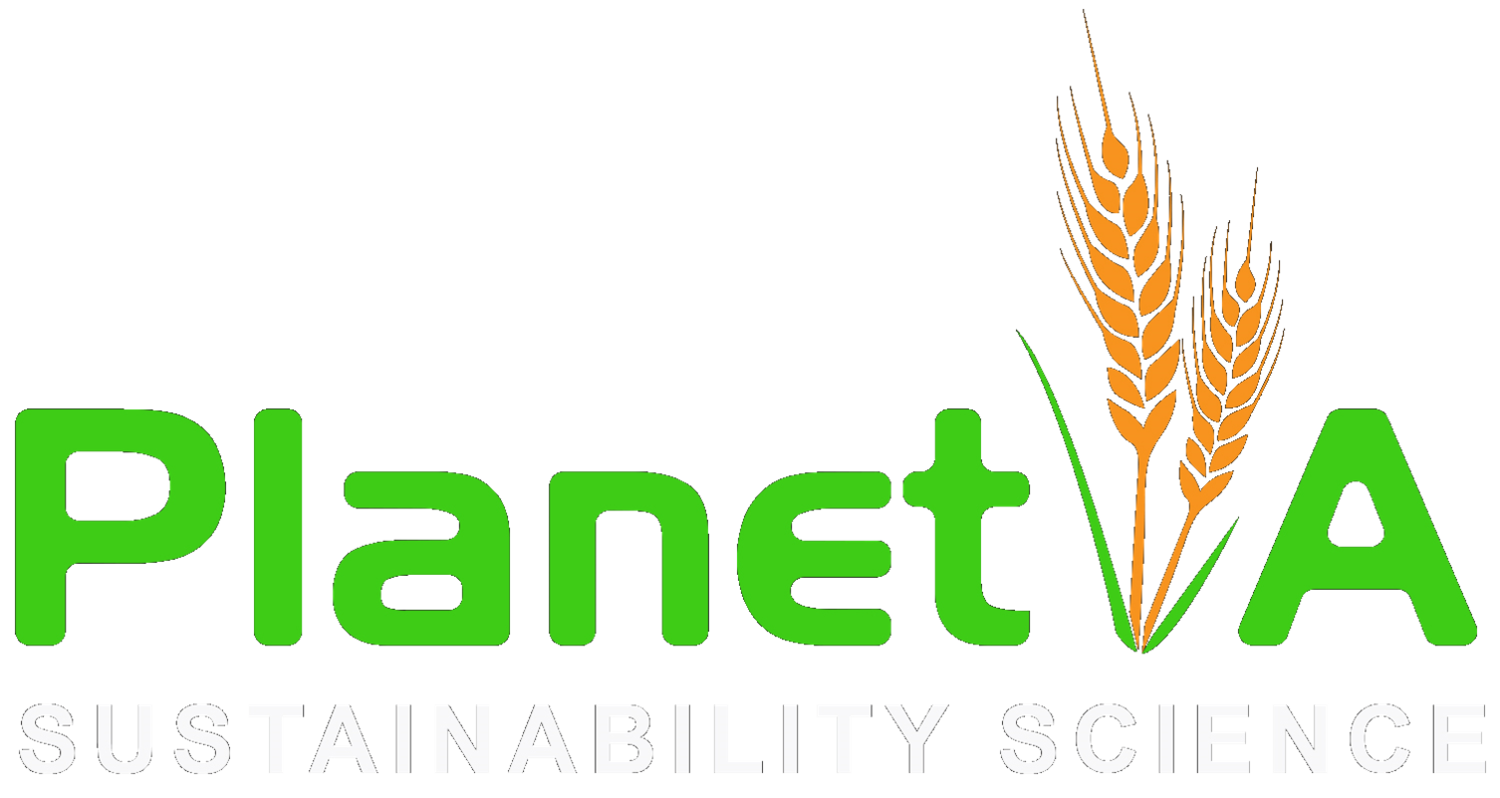Articulating the impact of food systems innovation on the Sustainable Development Goals
[2020]
Authors
Mario Herrero* (Corresponding Author), Philip K. Thornton, Daniel Mason-D’Croz, Jeda Palmer, Benjamin L. Bodirsky, Prajal Pradhan, Christopher D Barrett, Timothy G Benton, Andrew Hall, Ilje Pikaar, Jessica R. Bogard, Graham Bonnett, Brett A. Bryan, Bruce M Campbell, Svend Christensen, Michael Clark, Jessica Fanzo, Cécile M Godde, Andy Jarvis, Ana Maria Loboguerrero Alexander Mathys, C. Lynne McIntyre, Rosamond L Naylor, Rebecca Nelson, Michael Obersteiner, Alejandro Parodi, Alexander Popp, Katie Ricketts, Pete Smith, Hugo Valin, Sonja J Vermeulen, Joost Vervoort, Mark T. van Wijk, Hannah H.E. van Zanten, Paul West, Stephen A. Wood, Johan RockstromSummary
Food system innovations will be instrumental to achieving multiple Sustainable Development Goals (SDGs). However, major innovation breakthroughs can trigger profound and disruptive changes, leading to simultaneous and interlinked reconfigurations of multiple parts of the global food system. The emergence of new technologies or social solutions, therefore, have very different impact profiles, with favourable consequences for some SDGs and unintended adverse side-effects for others. Stand-alone innovations seldom achieve positive outcomes over multiple sustainability dimensions. Instead, they should be embedded as part of systemic changes that facilitate the implementation of the SDGs. Emerging trade-offs need to be intentionally addressed to achieve true sustainability, particularly those involving social aspects like inequality in its many forms, social justice, and strong institutions, which remain challenging. Trade-offs with undesirable consequences are manageable through the development of well planned transition pathways, careful monitoring of key indicators, and through the implementation of transparent science targets at the local level.

